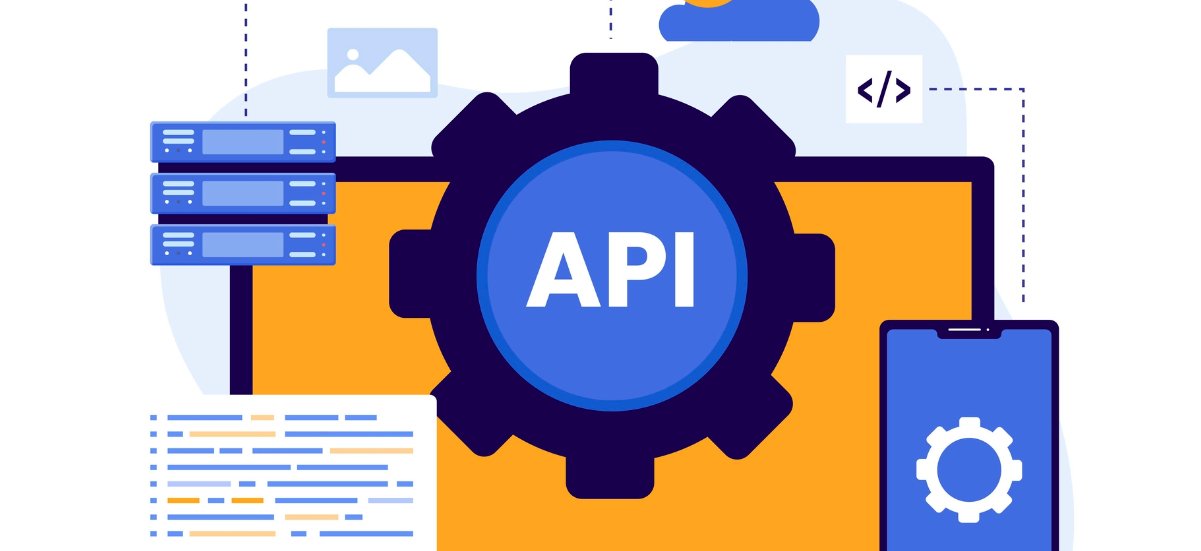Credit Underwriting in Digital Lending: Driving Smarter, Safer Growth – In India’s ₹35 trillion lending ecosystem, for every loan sanctioned, there is a risk decision made. The risk is to approve a wrong borrower, and you create a non-performing asset (NPA). The other risk is to deny a right borrower, hence you forfeit revenue and reputation. It is at the centre of this high-stakes decision-making process that finds out which borrower to lend to, how much, and on what terms.
Credit underwriting has historically been deemed a back-office function, but it has evolved into a front-office differentiator. It is not just about paper-checking or able risk assessment, it’s about creating a credit decision-making process that is scalable, compliant, and efficient, particularly given the shift to digital lending since COVID-driven acceleration across NBFCs, banks, and fintech players. This blog looks at how credit underwriting is changing from a manual checklist to a tech-enabled engine for growth.

What is Credit Underwriting?
Credit underwriting is when a lender evaluates a borrower’s creditworthiness, which includes looking at a borrower’s past financial history, how consistent their income, employment history are, current liabilities, and repayment ability. There were – and still are – three headings used when assessing a borrower, namely Character, Capacity, and Collateral, in which a borrower’s honesty was evaluated, financial ability to repay was assessed, and security was provided.
While these fundamentals are still valid today, underwriting has broadened to respond to the current reality that the world is digital where underwriting now includes structured workflows, real-time data ingestion and predictive modeling that lenders are now relying on as part of a decision process that draws upon a combination of financial documentation, bureau data, and alternate data sources to consider more effectively and holistically loan applications – such as GST filings, rent payment history, and mobile phone usage. Changes, improvements, and enhancements reflected in the process of the loan underwriting process have ushered in quick underwriting, and just as important, a more inclusive and calibrated form of risk.
Understanding Underwriting as Part of the Loan Lifecycle
Underwriting is different from loan management, as the action occurs during the origination of a loan. It is essential to differentiate between actions as the Loan Origination System (LOS) is accountable for collecting information from borrowers and verifying that KYC due diligence has been completed, as well as pulling scores from bureaus to evaluate a borrower’s credit eligibility the condition that it falls within defined lending criteria.
This change in evaluation occurs in the LOS as there is an underwriting engine working in the background that will process the underwriting rules and models to approve or reject the applicant. It is worth noting that there is no such thing as an underwriting system (since the systems for loan management systems (LMS) manage repayments, accounts maintenance, collections, and closures). In essence, any initiatives related to the improvement or digitization of underwriting will be with respect to the LOS and never the LMS.
Why Modern Underwriting is Important
Underwriting is important in a competitive lending ecosystem, evaluating loans to optimize the risk of default during the loan origination process, lowering credit risk, and improving regulatory compliance needs for lenders. Underwriting is the first line of defense against non-performing assets (NPAs) by proactively identifying and denying high-risk applicants. Given many guidelines from regulators like the Reserve Bank of India (RBI), it also helps ensure compliance via verification of KYC, PAN, Aadhaar, as well as other statutory documentation from third-party providers.
In addition to a healthy loan book, strong underwriting enhances a bank’s risk strategy, impact capital ratios, and long-term viability. Strong underwriting eases risk-based pricing, where poor credit characteristics result in higher interest rates and or more collateral. Moreover, an automated underwriting process improves fraud mitigation with real-time identity verification, pattern detection, and document verification while greatly diminishing exposure via synthetic identities and bogus loan applications.
Traditional Challenges
However, underwriting is still an impediment to various financial institutions in India, with dated technology and processes for underwriting. Like paper-based workflows, in-person verifications, and unintegrated services affect time to decision and consistency. Manual assessments are frequently improved by individual judgment, resulting in inconsistent credit decisions and time accelerations during the loan application process.
These limitations permeate fast borrowers or lenders that want to expand or explore new markets. Without digital fraud detection, real-time scoring, or integrated data flows, increasing turnaround times and operational costs are a debilitating result if not managed. Essentially, traditional underwriting cannot keep up with the speed, scale, and level of detail that today’s digital-first borrowers expect.
The Growth of Digital Underwriting
Moving away from manual and to digital underwriting is transforming the lender’s model. Digital origination systems offer quick access to credit bureau data, automate the document verification process through APIs, and are capable of allowing machine learning (ML) models to be used to evaluate and identify credit risk. Lenders can now customize their rules, auto-approve someone with a low-risk profile, or flag edge cases for review. Lenders would see a reduction in turnaround time by over 50 % and ultimately increase the consistency of their decision-making process. Digital underwriting does not prohibit operational efficiency for lenders but enhances the borrower’s experience due to the quick responses and increased transparency.
Emphasis is on Data & Analytics & Compliance
Underwriting is all about data. Lenders are moving away from just traditional measurements and combining with alternative data sources, like telecommunications activity, UPI transaction data, or GST returns, rent payments, allowing them to develop broader profiles on prospective borrowers with limited credit histories, increasing access while remaining cognizant of risk parameters. Machine learning algorithms employ underwriting to a different level, wherein they will consciously learn from the historical performance of a loan as a particular outcome. They recognize trends in repayment behavior and adjust their scoring algorithms to improve predictive confidence.
In addition, with the advent of the Account Aggregator (AA) framework in India, lenders can view and access verified data (bank statements, insurance documentation) from the source directly, and verified data is faster and trusted. Compliance is top of mind. Under the Reserve Bank of India’s (RBI) Digital Lending Directions, lenders must obtain consent-based data, conduct e-KYC, provide clear loan agreements to borrowers, and route all disbursals through a licensed entity. A compliant underwriting engine manages compliance requirements and lending obligations of lenders, supported by embedded compliance checks, audit trails, and encrypted data.
Building Your Future-Readiness Underwriting Engine
For lenders to be future-ready, they need an adaptive and intelligent underwriting solution. But it starts from being real with credit scores. The more intelligence comes into play for lending is understanding how to apply behavioural, transactional, and alternative data to score risk. As a result of providing intelligence to lenders also means being able to segment borrowers while applying a different credit policy. This must also mean including advanced fraud-detection controls into the process of lending, i.e., suspicious duplicate ID, or not matching a bureau, or document verification systems.
Real Life Examples
Institutions that have adopted automated underwriting have seen sizeable benefits. You can see operational productivity gains of up to 40%, reductions in turnaround times to less than half, improved risk metrics (with early identification of high-risk profiles and prevented entry into the portfolio), a wider satisfaction for borrowers due to more transparency in quicker approval time, and the enablement for lenders to quickly launch new products, expand into underserved segments, and scale without losing control. Most importantly, the speed and intelligence gained by these lenders have enabled them to activate new products, enter new segments, and scale without losing control.
Conclusion
Credit underwriting has evolved from a back-office administrative process to become an important growth strategy that allows the institution more control over risk. With compliance tightening in an expanding credit ecosystem and growing competition, especially in India, there is a distinct advantage when institutions can offer quick and intelligent underwriting.
FAQs
What is credit underwriting in the context of digital lending?
Credit underwriting is the evaluation of a possible borrower’s credit risk using digital technologies, data, analytics, and automation. It includes the lender’s credit policies, risk tolerance, and backup, and it allows the lender to make better, faster lending decisions.
How does digital underwriting ease smarter and safer growth?
Digital underwriting allows lenders to use AI and real-time information on borrower behavior, data, and credit terms, which ultimately allows lenders to more accurately quantify risk. Better loan performance, reduced default rates, and improved personalized credit products lead to ‘sustainable growth’ and ‘scale up’ within a digital lending business model.
What digital platforms and technologies are used in digital credit underwriting?
Digital platforms and technologies include AI-based credit bureaus, alternative data sources, automated decision engines, and cloud computing. These technologies simplify and automate the credit underwriting decision-making process and improve risk management.








